The first latch can be intimidating, and all the reading in the world will still leave you with questions when you’re actually in the moment. Am I doing this right? Is the baby getting any milk? Do I nurse on both sides or just one? Luckily, many hospitals have lactation consultants who will answer every question and point you in the right direction. The nurses are also fantastic resources when you’re nervous and unsure at the start. Don’t be shy about speaking up. Everyone is here to help you succeed!
One essential breastfeeding item you’ll want to pack in your hospital bag is nipple cream. Your nipples are not used to breastfeeding a baby, so you’ll need to give them a little extra care. Applying nipple cream after each feeding can help with soreness, cracking, and bleeding. The prospect of bleeding nipples can definitely feel scary, but finding a good cream will help you in those first few weeks as your body adjusts to this new and important role as milk-maker.
Speaking of milk, when does that come in exactly? You’ll be ready to breastfeed as soon as your baby is born. In the first 2-3 days following your baby’s birth, you’ll produce something called colostrum. Colostrum is basically a super-concentrated kind of breastmilk that provides tons of nutritional value to your new babe. It’s very rich and thicker than the breastmilk that sustains your baby through the rest of their breastfeeding months. On the second or third day after delivery (although it can take a bit longer for some moms), your breasts will start to feel very full. They’ll be visibly larger as well. This means your milk is finally “coming in.” Because this type of breast milk is less rich than colostrum, your baby may spend more time at the breast. But how much time is the right amount of time?
The most important thing to remember is to take your time and have patience with yourself.
The length of time it takes a baby to nurse is extremely variable. Let your baby spend as much time at the breast as they want. When he’s feeling full or is ready to be burped, he will most likely come off on his own. Often, after getting out a good burp, your little one might be ready for a second course on the other breast. If one of your nipples is feeling extra sore, give that breast a rest by starting off the feeding on the other side. Your baby’s sucking reflex will be strongest at the beginning of the meal when they’re hungry.
If you begin to feel frustrated, hand the baby to your partner and take some deep breaths. If you can remain calm, your baby will be too. And a calm baby is much easier to feed than a fussy one! The most important thing to remember is to take your time and have patience with yourself. You and your baby are BOTH learning how to nurse. Many women find breastfeeding to be a joyful experience, deepening the bond between mama and babe, but it’s not always a walk in the park.
If breastfeeding doesn’t work out for you, be confident that there are many ways to supplement and feed your newborn. Formula has come a long way, and there are donor milk options should your baby need it. True happiness lies in the act of feeding your tiny human with love, and knowing you are nourishing them to the best of your ability. Be patient with your newborn, be generous with yourself, and cherish the challenges of motherhood.



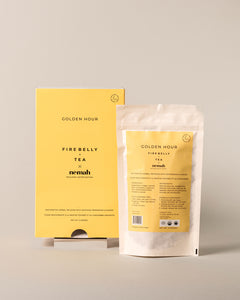
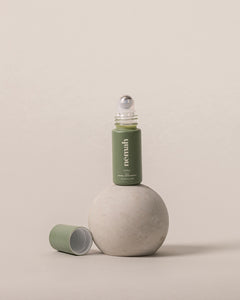
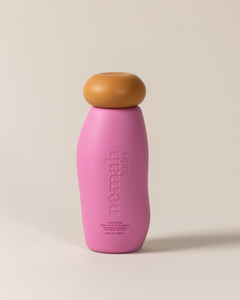
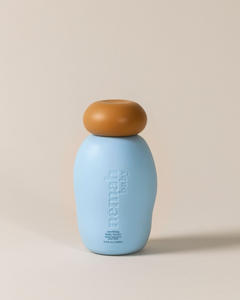
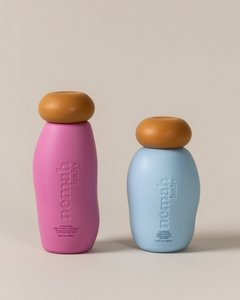



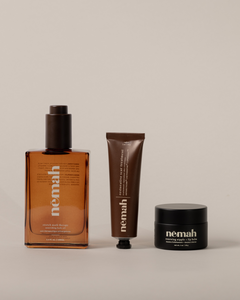
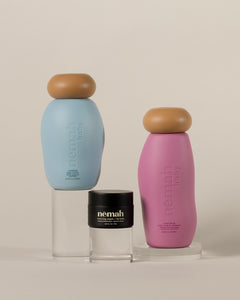



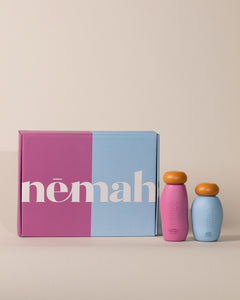
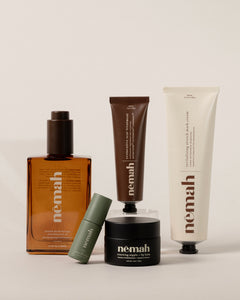


















2 comments
Hello Everyone
Selling Fresh & Latest updated Leads Fullz|Pros|Info
Recent Spammed & unsold databases
Genuine & Valid Info with Guarantee
USA UK CANADA Info with complete details
SSN USA
NIN UK
SIN Canada
With DL & without DL info available
You can contact me here..
T3l3 Gr@m (at)killhacks OR (at)leadsupplier
Whtz @pp +1.. 727.. 788.. 6129
I C Q 752 822 040 (at)killhacks
Skyp3 (at)peeterhacks
Bulk Info Fullz available
Guarantee of Validity will be provided
Invalid will be replaced
Real ID DL Front Back with Selfie available as well
Fullz Available Now:
SSN DOB DL ADDRESS EMPLOYEE & BANK INFO Fullz
SIN DOB DL ADDRESS MMN EMAIL & PHONE Fullz
NIN DOB DL ADDRESS SORT CODE PHONE UK FULLZ
Real ID|DL Scan Front Back with Selfie With SSN
High Credit Scores Fullz Pros
Young & Old Age Info
CC with CVV
Business EIN Company Fullz & Leads
Passport Photos with Selfie
Company Owner & Business Owner Leads
EIN with DL Front Back with Selfie & SSN
Email & Phone number Leads
Payday Loan Leads
Business Leads
Premium Leads
SMTP|RDP|C-PANEL|Web-Mailer Tools are available as well
Guaranteed inbox hitting tools
If anything found bad or not working will be replaced
Hit me up for more stuff
Dr. Obodubu Monday is recognised all over the world of marine kingdom, As one of the top fortunate and most powerful spell casters doctor of charms casts from the beginning of his ancestors ship until now Dr. Obodubu Monday lives strong among all other spell casters, there have never been any form of impossibility beyond the control of Dr. Obodubu Monday it doesn’t matter the distance of the person with the problems or situation, all you have to do is believe in the spell casting Dr. Obodubu Monday cast that works, he always warns never to get his charms cast if you do not believe or unable to follow his instruction. it is the assignment of the native doctor Dr. Obodubu Monday to offer services to those in need of spiritual assistance not minding the gravity of your situations or distance as long as water, sea, ocean, lake, river, sand, etc. are near you, then your problems of life would be controlled under your foot. if you need any spiritual help on any of these WhatsApp Doctor Obodubu on : +234 705 993 7909
Get Your Love Back
Fruit Of The Womb
Fibroid
Business Boom
Financial Breakthrough
Get Rich Without Ritual
Do As I Say
Bad Dream
Promise And Fail
Epilepsy
Land/Court Case
Mental Disorder
Political Appointment
Visa Approval
Cancer
Examination Success
Spend And Get Back
Good Luck
Natural Neath
Hypertension
Stroke
Sickle cell
Impotency
Win Court case
Promotion At Work
Commanding Tone
Protection Ring
Marriage Success
Love Ring
Favour Ring
Recover Lost Glory
Spiritual Power For Men Of God
Travel Success Ring
Job Success
lottery/ win
And Many, More
make haste to Dr Monday on WhatsApp +234 705 993 7909 for spiritual problem today and you will surely get solution to all your predicament.